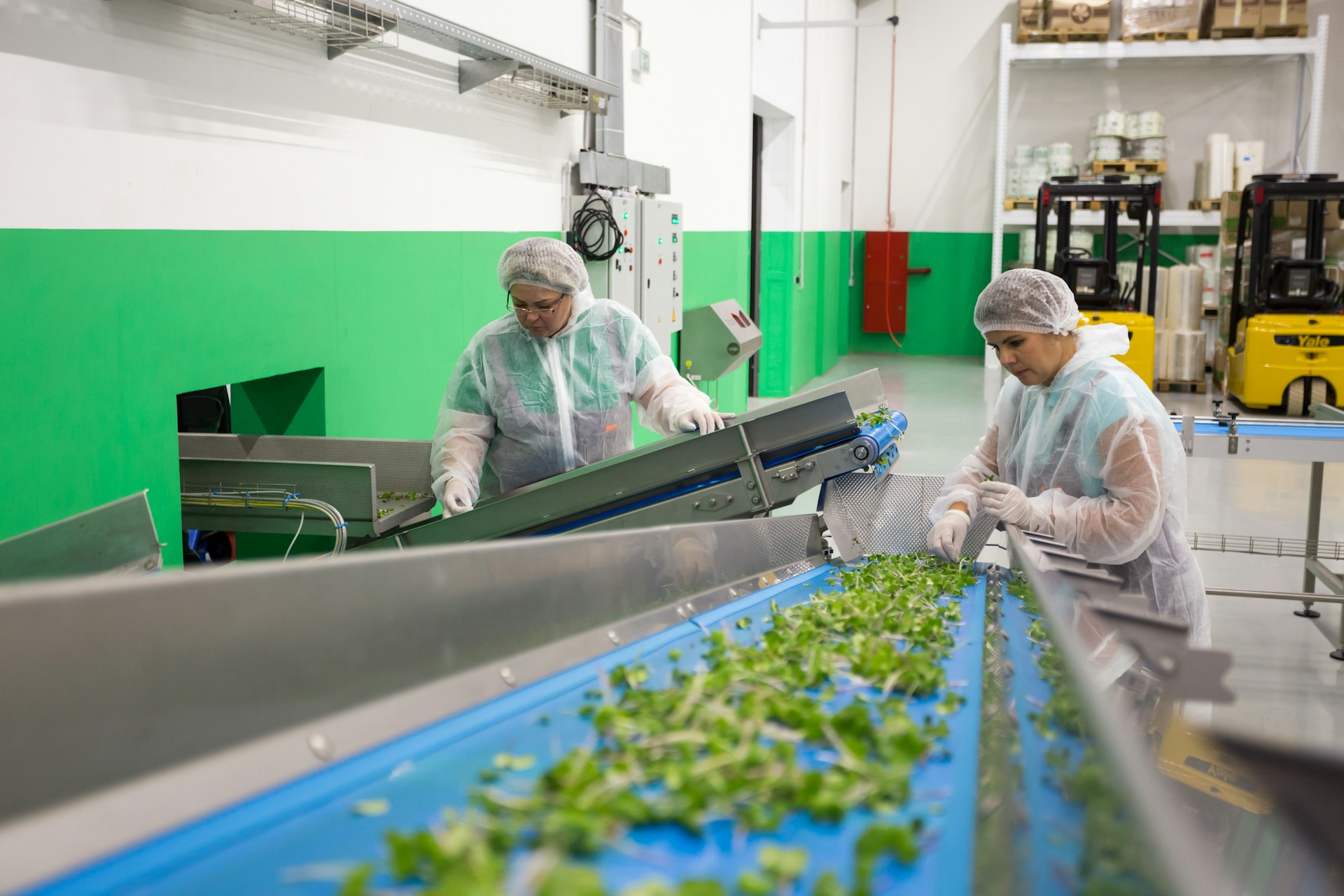Quality assurance plays an indispensable role in the process of packing fresh produce.
It ensures the highest level of satisfaction for end consumers and maintains the integrity and reputation of the supplier.
Having a robust quality assurance system in place can significantly aid in providing superior quality products.
However, it is important for suppliers to understand the key elements that contribute to a strong quality assurance process.
In this regard, we will be delving deeper into the principles standing behind these notions.
Let’s proceed to break down these aspects, and consider their impacts on the overall process.
Contents
Pillars Of Quality Assurance In Produce Packing
1. Strict Adherence to Sanitation Standards
The first pillar of quality assurance in produce packing rests upon the strict adherence to sanitation standards.
In the agricultural industry, the importance of sanitary measures cannot be overstated, as the presence of contaminants can lead to serious health hazards.
Bacteria, fungi, parasites, and viruses can find their way into the produce during the various stages of production, transit, and packaging.
Therefore, it’s essential that all workers involved in the harvesting, transporting, and packing of produce adhere to stringent sanitation guidelines.
Ensuring high sanitary standards means not only frequent and rigorous cleaning and sterilizing of all equipment and facilities used in the packaging process but also instilling a culture of cleanliness and hygiene among the workforce.
Workers must wash their hands thoroughly, wear sanitized gloves, and, if necessary, protective clothing.
The work environment also needs to be kept clean and should be designed to discourage the harboring of pests.
Agricultural produce is susceptible to contamination, and any negligence during the packing process can easily lead to outbreaks of foodborne illnesses.
Therefore, proper sanitation standards are not just about maintaining the quality of produce but also about protecting public health.
Furthermore, adherence to sanitation standards doesn’t stop at the physical aspects of the packing process.
It should also encompass the handling, storage, and disposal of waste produced during the packaging process.
Unmanaged waste can easily become a breeding ground for harmful bacteria and can contaminate the produce.
Routine inspections and quality assessments form a crucial part of maintaining sanitation standards.
These help to identify potential sources of contamination and ensure that risk management measures are effective.
Every participant in the packing process, from the top management to the field workers, has a role to play in maintaining sanitation standards.
When all these measures are put in place and strictly adhered to, the packing process is less likely to compromise the quality of the produce, thereby assuring consumers of their safety and wellbeing.
2. Consistent Quality Inspection Procedures
Quality inspection is fundamental to ensuring the production of high-grade, safe, and consistent produce.
Particularly in the packing of produce, assuring consistent quality necessitates the incorporation of strict inspection processes throughout every stage of production.
Such inspections should not be one-time checks but rather frequent and regularly conducted assessments.
Indeed, the implementation of consistent quality inspection procedures allows for continuous feedback and modifications, aiming for the maintenance of high-quality standards at all times.
The quality assurance team, therefore, needs to be highly skilled and competent in assessing the quality of each product accurately.
This is because they act as the primary gatekeepers, responsible for filtering out substandard produce from reaching the market.
Mishaps in this procedure could wreak havoc by allowing compromised goods to reach the hands of consumers, potentially posing health risks.
To successfully implement consistent quality inspection procedures, one has to adopt a systematic, rational, and planned approach.
This involves setting clear, measurable standards of quality against which the produce is evaluated.
These standards should adhere to the consumer’s expectations, industry standards, and regulatory requirements.
In the event an anomaly is detected during the quality inspection procedures, progressive steps should be initiated to remedy the identified deficiencies.
Moreover, in such instances, a detailed analysis should be performed to identify the root cause of the quality issue.
This is crucial as it allows for the development of effective strategies aimed at preventing the recurrence of the identified problems in the future.
An effective quality inspection procedure should also include the documentation of all inspection results, whether positive or negative.
This not only provides a historical record but also facilitates identification of consistent or recurring problems, enabling teams to address them accordingly.
Ultimately, consistent quality inspection procedures form a significant pivot upon which the reliability and assurance of quality in produce packing sway.
Indeed, it is the meticulous adherence to these procedures that births confidence in the produce packing process and contributes significantly to the enhancement of customer satisfaction.
3. Comprehensive Product Traceability Systems
The comprehensive product traceability systems are the backbone of quality assurance in any produce packing industry.
These comprehensive systems ensure that every product’s origin can be traced back to its sources.
This is instrumental in ensuring accountability in case of issues related to quality or safety of the products.
Beyond accountability, it contributes extensively towards detection and prevention of potential issues that could compromise the quality of the produce.
The comprehensive product traceability systems involve tracking the growth, harvesting, packing, and transportation process of every single item of produce.
The technology used for traceability systems, like barcode scanning and RFID tags, should provide a high degree of accuracy and efficiency.
It is critical to document all details of the produce, including when and where it was grown, harvested, packed, and transported.
Any changes to the product’s condition along the way should also be recorded meticulously to provide a complete history.
A robust traceability system enables the identification of product batches which may be at risk of contamination, thus helping to prevent quality-related incidents.
Furthermore, it can provide invaluable insights into improving the overall process of produce packing, which is pivotal to achieving consistent quality.
The traceability systems also safeguard the consistency of product quality by ensuring that the produce meets the stipulated standards at every stage of its journey.
Thus, comprehensive product traceability systems play an integral role in the pillars of quality assurance in the produce packing industry.
Despite the investment and planning required to implement such systems, the benefits in terms of quality assurance make it a worthwhile endeavor.
In the era of advanced technology, businesses have access to several state-of-the-art tools and sophisticated software to facilitate the implementation of comprehensive product traceability systems.
Prudent implementation of these technologies can provide a significant competitive advantage to the business in terms of assuring quality and safety of the produce.
Therefore, any business in the produce packing industry inclined towards sustainable quality assurance must consider investing in comprehensive product traceability systems.
The Bottom Line
Ensuring consumer trust and producing top quality products remain essential in today’s complex food production landscape.
This can only be achieved through strict adherence to sanitation standards, implementing consistent quality inspection procedures, and comprehensive product traceability systems.
These responsibly managed processes not only safeguard the health of consumers but also help companies to maintain reputational integrity, customer loyalty, and ultimately thrive amid competitive, dynamic market environments.
Therefore, it is integral for every food production business to live up to these expectations by uncompromisingly prioritizing safe and quality practices.




